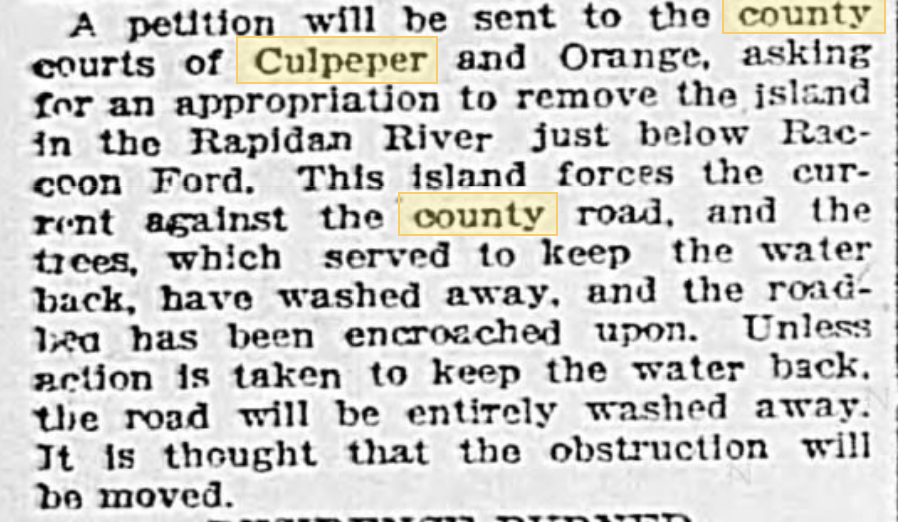Following the roads of present-day Culpeper County, the distance between Raccoon Ford and Stevensburg to the north is just over 7 miles. Although clearly not neighbors, similarities create a linkage between the two localities.
Both are located along the historic route of the Carolina Road, the byway that early travelers followed from Pennsylvania to South Carolina. Both villages and their immediate surroundings saw significant military action during the Civil War, and both were overtaken by the Union Army’s winter encampment during 1863-64.
Today, Raccoon Ford and Stevensburg are small and quiet communities melding village and rural landscape. Each has faced the challenge of utility scale solar development proposals, inappropriately planned for productive agricultural and historic land and inappropriately sized in excess of 1000 acres. This challenge as well as others — residential and commercial development, roadway construction or widening — erase the landscape that brings to life the story of a place, making it all the more important to share local history and its contribution to our country’s heritage.
With this in mind, we share an article by journalist Clint Schemmer in the February 19, 2019 edition of the Culpeper Star Exponent highlighting the history of Stevensburg .

